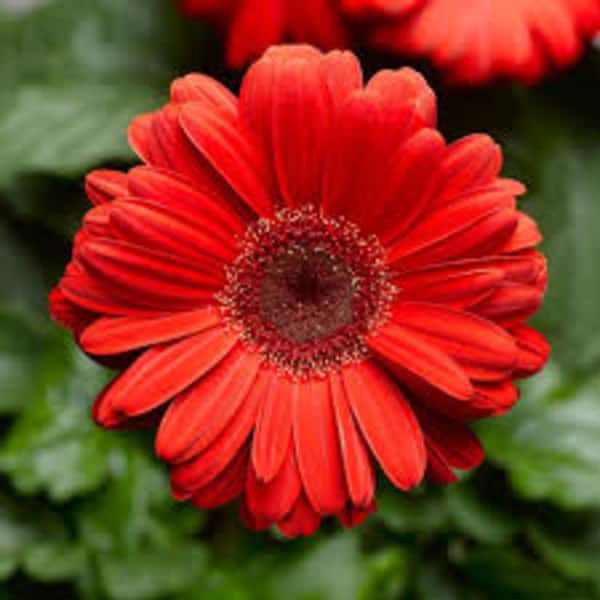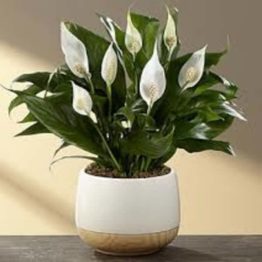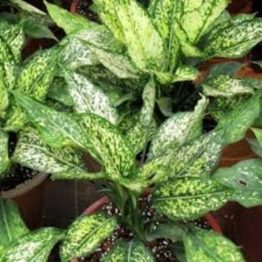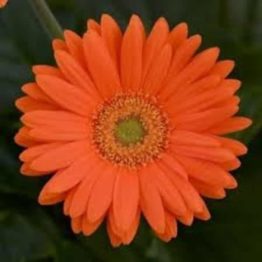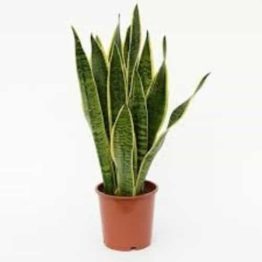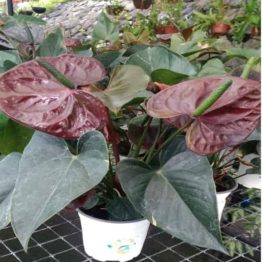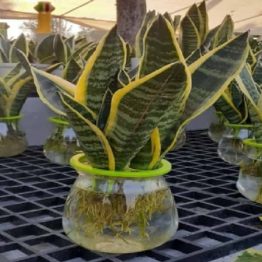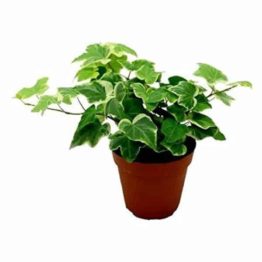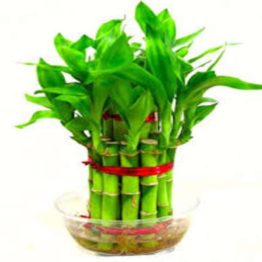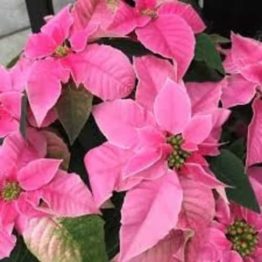Description
Gerbera belongs to Family: Asteraceae. These beautiful blooms are perfect for any occasion and for any region. It is widely recognized that sending colored Gerbera Daisies represents different emotions, similar to what each rose color means.
Gerberas are easy to care for, whether in a vase/pot inside or planted/potted outside.
Gerbera flowers are popular daisies that feature large, colorful blooms. Though they re commonly sold potted as gifts, they can make wonderful additions to any flower garden. Plus, when you grow your own gerbera flowers, you ‘ll be able to make beautiful cut flower arrangements.
| Common Name | African Daisy, Transvaal Daisy, Barberton Daisy |
| Flower Colour | Red (though Gerbera comes in many colors like orange, red, white, pink, yellow, rani color) |
| Bloom Time | Gerbera daisies are considered perennial flowers in warm areas and annual ones in places where winter is involved. Naturally, red Gerbera daisies bloom only during springtime, but they can be found all year long in florist shops |
| Height Specification | Gerbera daisies grow from 15 to 45 cm |
| Growing Care | Easy |
Care for Gerbera
- Make sure your Gerbera Daisies are watered properly.
- Leave time for the soil to dry before you water them again, keep the soil moist, not too wet.
- Also, remove any dead head immediately after you notice it, as new blooms should be encouraged.
- Place your gerberas in a sunny windowsill where they can get approximately six hours of sunlight per day.
- Find a semi-shaded area outside if you are growing them outdoors — a shaded patio or veranda is ideal.
- Expose your gerberas to average local temperatures.
- Avoid temperatures above 70 degrees Fahrenheit, if possible, since heat may cause your gerberas to stop blooming.
- If you can t provide your gerberas with a shaded outdoor area, move them indoors during the hottest hours of the day.
- Water your gerbera plants in the morning.
- Avoid wetting the flowers — moisten the soil that the plants grow in.
- Allow the soil to dry before watering again.
- Avoid overwatering your gerberas as this may trigger poor flower growth and root or crown rot.
- Fertilize your gerberas every other week during the spring and summer flowering period.
- Use a water-soluble fertilizer that s rich in potassium and phosphorous.
- Mist the leaves of your gerbera plants with water at least once a week to increase the humidity and prevent red spider mites.
- Remove old, discolored leaves and faded flowers and stems to maintain your Gerbera plants, prevent fungus infections and to encourage new growth.
Disclaimer: The image is for reference purpose only. The actual product may vary in shape or appearance based on climate, age, height, etc.
